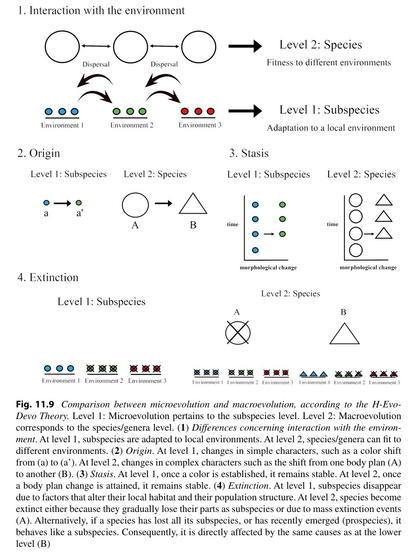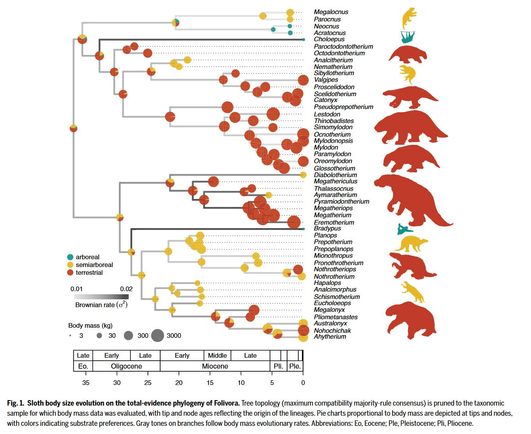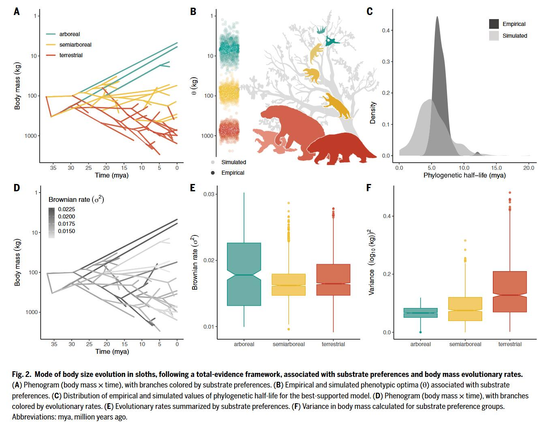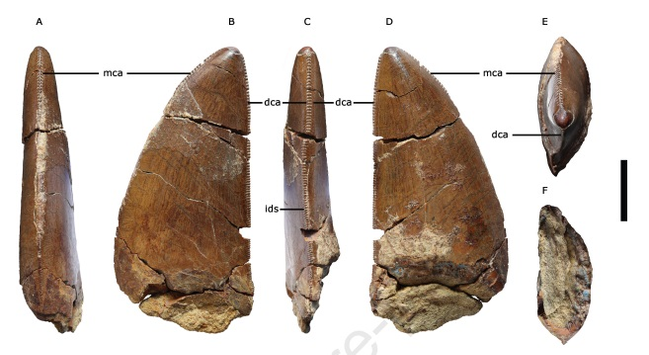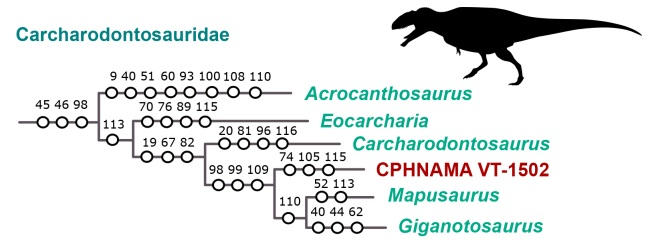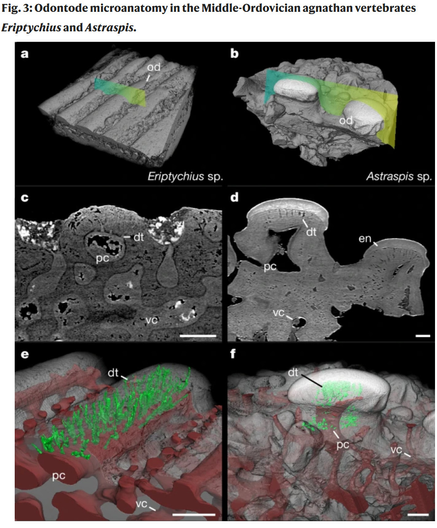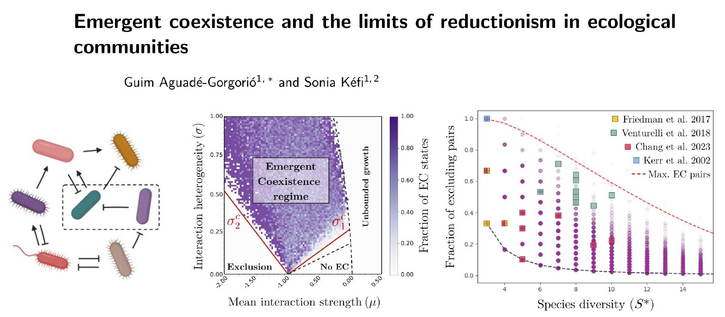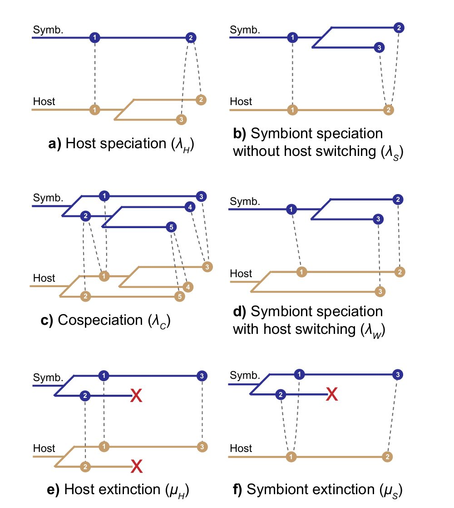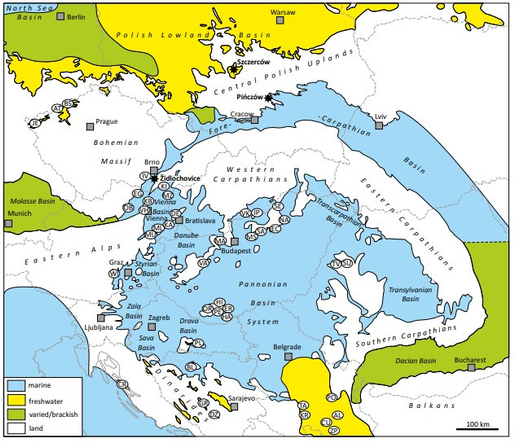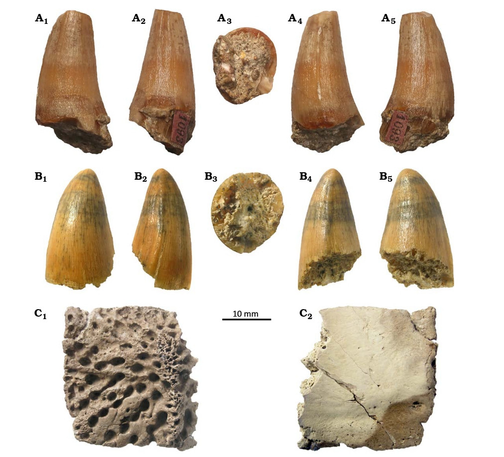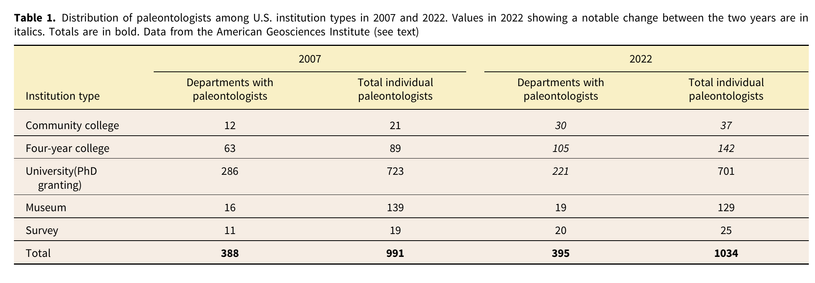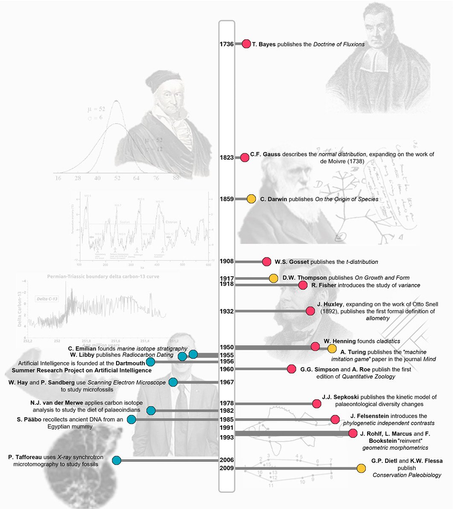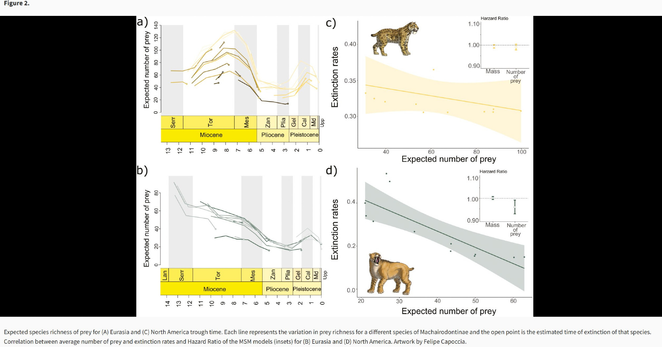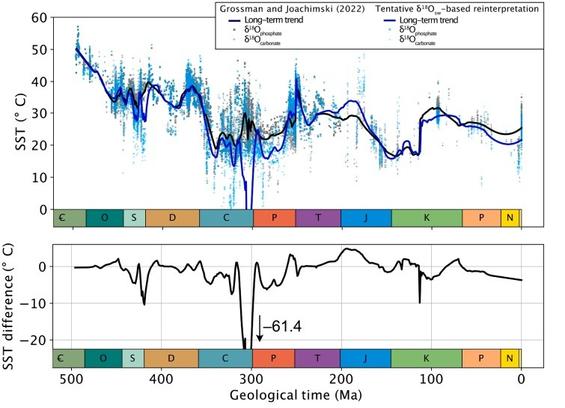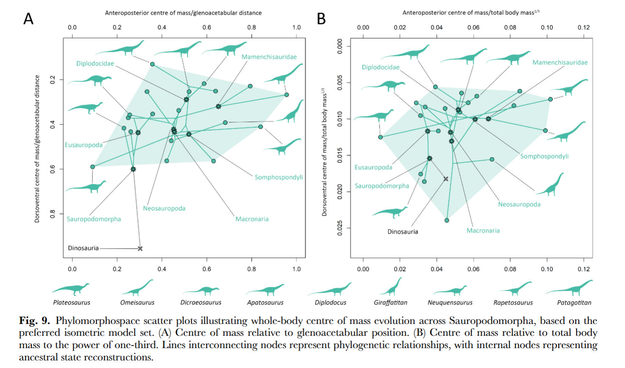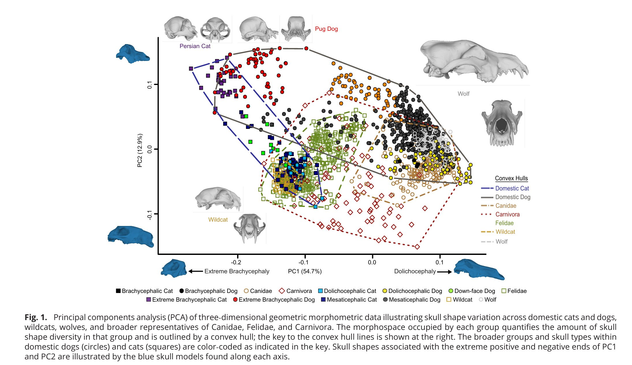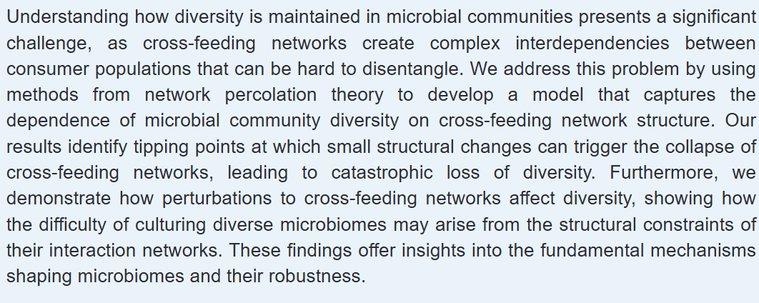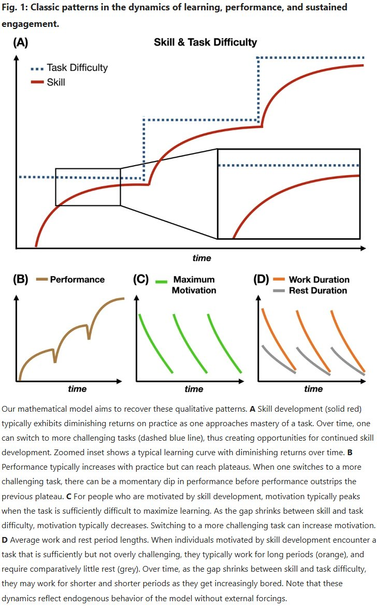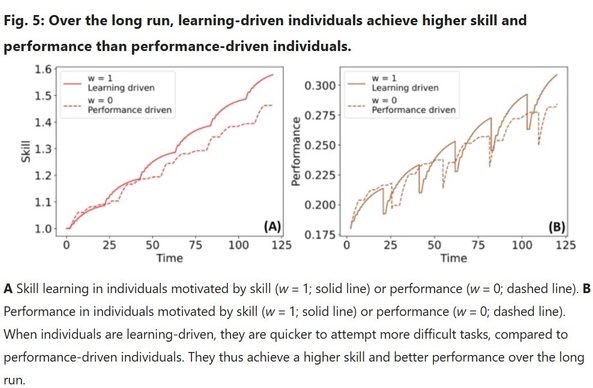For anyone interested in extinctions and macroevolution more generally here is the recording of the hybrid symposium on approaches to extinctions which was held in Vilnius a month ago.
https://sites.google.com/view/mathssx/activity/vu-symposium
Professor of paleontology and Earth systems at Vilnius University. My interests are: theoretical paleontology, evolution, geology, stratigraphy, philosophy of biology and geology, climate at scales great and small.
Original hierarchical take on the evolution with discussion and critique of many other hierarchical approaches (including of yours's truly😉):
https://link.springer.com/book/10.1007/978-3-031-88723-9
“ ...a new evolutionary model called “Hierarchical Evolutionary-Developmental Theory” or “H-Evo-Devo Theory.”
Modern tree-dwelling sloths are dwarf morphs of (usually) ground dwelling giant sloths 😮 reminds me the evolutionary trajectories of dinosaurs into birds.
A wide blade carcharodontosaurid tooth from the Early Cretaceous (Aptian-Albian) Itapecuru Formation of the Maranhão State, northeastern Brazil.
https://www.sciencedirect.com/science/article/pii/S0195667125000862
Wonderful power of exaptation! Sensory organs to feeding structures and weapons in vertebrates:
"patterns of convergence and innervation reveal that dentine evolved as a sensory tissue in the exoskeleton of early vertebrates"
https://www.nature.com/articles/s41586-025-08944-w
Big if true in nature:
"Strikingly, this phenomenon does not require additional mechanisms like intransitive or higher-order interactions; rather, coexistence arises from dense networks of indirect effects."
https://www.biorxiv.org/content/10.1101/2025.05.15.654235v1
Interesting for epidemiology as well as macroevolution and biogeography.
Rates of species interactions from co-phylogenies.
https://www.biorxiv.org/content/10.1101/2025.05.15.653894v1.full.pdf+html
Northern-most Miocene crocodilians lived in Poland.
https://www.app.pan.pl/archive/published/app70/app011942024.pdf
my features published in #CurrentBiology this year, issue 10: Who were the #humans living in the #GreenSahara 7000 years ago, and what did they eat for dinner? #science has the answers ... https://proseandpassion.blogspot.com/2025/05/how-sahara-became-desert.html #anthropology #desert #climateChange #ancientDNA #libya
Roy Plotnick and Co. about the paleontology jobs in the USA
https://www.cambridge.org/core/journals/paleobiology/article/employment-in-paleontology-status-and-trends-in-the-united-states/0DB62FC9BFAFC73D2D36E8BAA31B7769
A review of the key methods which helped to progress the paleontology. The figure is rather handy, and can be used in introductory lectures.
https://www.researchgate.net/profile/Pasquale-Raia/publication/391653138_From_linear_measurements_in_multivariate_analysis_to_computational_palaeontology/links/68220b37bd3f1930dd709fa5/From-linear-measurements-in-multivariate-analysis-to-computational-palaeontology.pdf
Attrition of the sabretooth niche over Ma's:
"results support the hypothesis that the extinction of sabretooths was associated with the decline in megafauna, but extend it to more remote times, millions of years before their final demise..."
https://academic.oup.com/jeb/advance-article/doi/10.1093/jeb/voaf043/8115575?login=true
We, while discussing evolution, often talk about "the information", but what is it's ontology — the physical basis?
"What, then, is information? It is merely a very efficient way of describing reality—a manner of speaking, nothing more."
"...author models the behavior of developmental regulatory (DevReg) genes, which are integral to the proposed hypothesis, in order to better understand their roles in stasis and speciation[e.g. punctuated equilibria]."
New Cambrian radiodont taxon shows high early variability in tagmosis:
"This reinforces the hypothesis that multiple arthropod lineages underwent parallel diversification in tagmosis, in tandem with their initial Cambrian radiation."
Interesting article dwelling on the spatial biases in paleotemperature reconstructions using d18O. Important observations:
• End-Ordovician-Silurian was colder than appears.
• End-Carboniferous was way colder than appear in face-value-record.
https://www.sciencedirect.com/science/article/pii/S0012821X25002171
Life searches for every conceivable opportunity 👇
"Dinosaur body shape evolution was a complicated web!" Matt Dempsey
https://onlinelibrary.wiley.com/doi/epdf/10.1111/brv.70026
The disparity of domestic dog and cat breeds is just sick.
https://doi.org/10.1073/pnas.2413780122
"Using methods from percolation theory, we identify feasible community states... We identify tipping points at which small changes in structure can cause the catastrophic collapse of cross-feeding networks and abrupt declines in microbial community diversity"
https://www.pnas.org/doi/epub/10.1073/pnas.2425603122
Learning is also a time-hierarchical process working on multiple time scales.
"the model explains how patterns in these short-timescale dynamics are shaped by longer-term dynamics of skill selection, mastery, and abandonment."
https://www.nature.com/articles/s44260-025-00039-x
